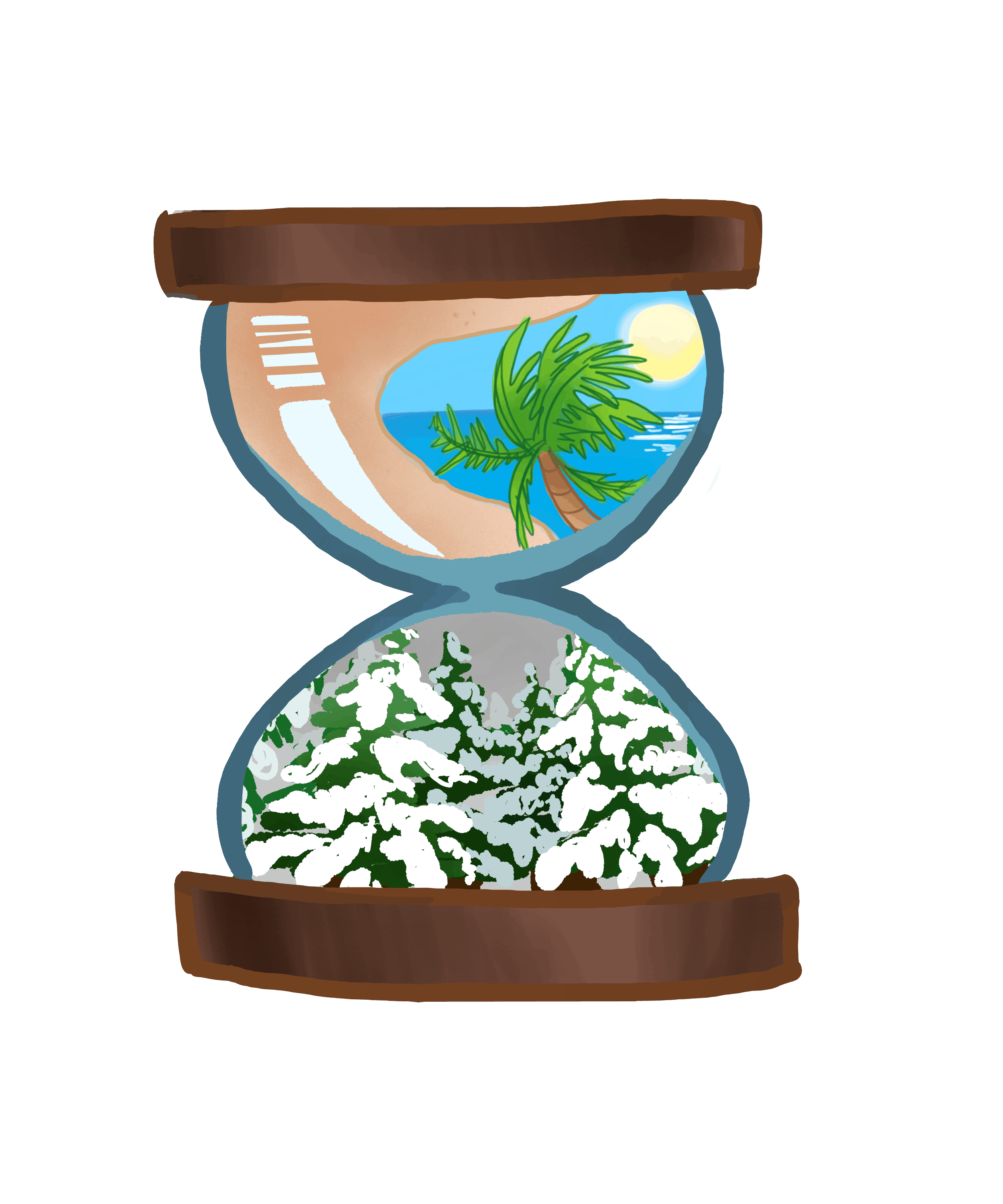As my tenure as Current Affairs Columnist approaches its end, I’ve been inclined to reflect on some of the important issues that I have discussed in my column this year. I’ve shared my opinions on environmental issues, legal issues like restrictions on protest and on religious expression, and the impact of social media on discourse and democracy. But perhaps no topic has hit closer to home than this one: I really, really don’t like losing sleep.
Daylight saving time (DST) is stupid. It’s a failed solution to a problem that no longer exists. It’s an inconvenience just small enough to elude serious scrutiny but just big enough to annoy the hell out of practically everyone for 72 hours.
DST is problematic enough to be widely hated, but it’s trivial enough to make seriously opposing it seem unworthy of the effort. That hesitance ends now.
Though it had been proposed and discussed at various times prior to World War I, DST was first implemented by the German Empire and its allies in 1916 as a wartime coal-rationing measure. Not to be outdone, Britain and many of its allies, including Canada, soon tumbled into line — and out of bed. Reasoning that it may as well lose an hour of sleep so long as it was also losing a 300-year-old dynasty, Russia followed suit in 1917. The United States joined the lack-of-slumber party the following year.
Fast forward more than a century — today, we’re not at war, and we no longer get much of our energy from coal. More pertinently, the way we consume energy has changed dramatically: people aren’t exactly in the habit of waiting until sundown to turn on their phones or turn up the air conditioning. In fact, a study conducted in Indiana after statewide DST was finally introduced in 2006 found that the change actually resulted in a one per cent increase in residential electricity use. Turns out that implementing 90-year-old austerity measures isn’t the best way to cut down on your utility bill.
Failing to save electricity isn’t DST’s only shortcoming. It is also associated with measurable health risks that far exceed the possibility of dislocating your shoulder trying to reach the one clock in your apartment that doesn’t adjust on its own. A study in Finland found an eight per cent increase in the overall rate of stroke during the two days after a DST adjustment. The effects were more pronounced for people who are more vulnerable: 20 per cent greater than normal for people over 65, 25 per cent greater for cancer patients.
The health risks associated with DST don’t stop there. A study from the University of Alabama at Birmingham concluded that the spring switch is associated with a 10 per cent increase in heart attacks the Monday and Tuesday afterward, while the subsequent fall reversal is associated with a 10 per cent decrease in the same fashion. And according to a 2009 study surveying this effect from 1983–2006, workers sustained more and more severe workplace injuries on the Monday following the switch to DST. Turns out that grogginess can be fatal.
There are economic drawbacks to DST as well, beyond just the cost of an extra cup of coffee. Given the lost productivity and increased workplace injuries, some have suggested that the cost of one lost hour of sleep is nearly half a billion dollars of lost productivity in the United States alone.
Here’s the bottom line. Like 70,000 other students across the three glorious U of T campuses, I’m stressed. It feels like I have more hours of work to do than there are hours in the day. So it doesn’t help to lose the first hour or two of the day to sluggishness or fatigue. And it certainly doesn’t help to know that the chances of me getting run over trying to cross Spadina are ever-so-slightly higher than usual because the guy behind the wheel didn’t get his three winks.
Get rid of DST! We have enough to deal with as is.
Zach Rosen is a second-year student at Trinity College studying History and Philosophy. He is The Varsity’s Current Affairs Columnist.


